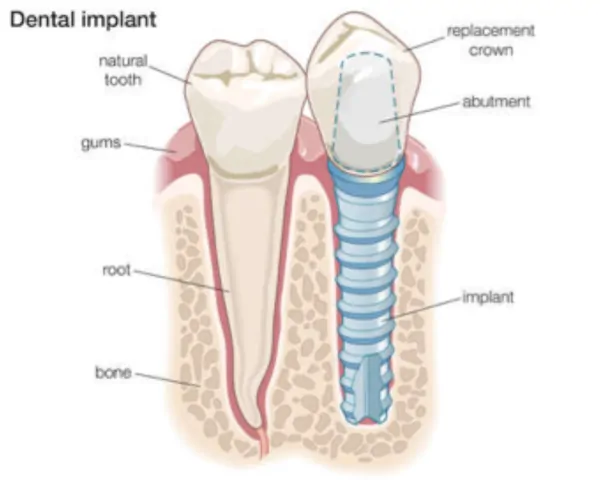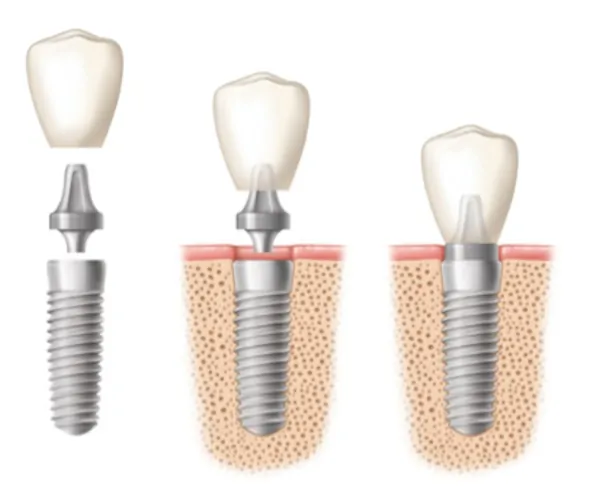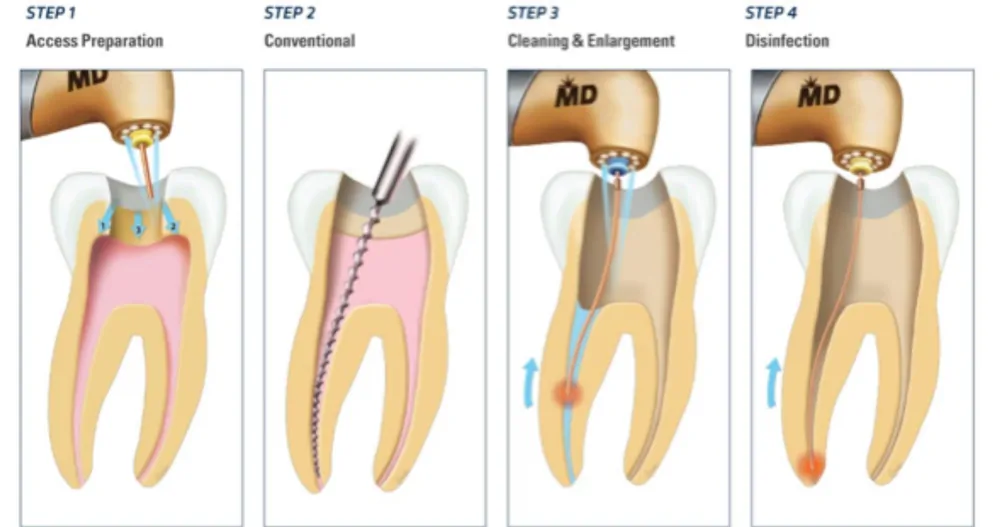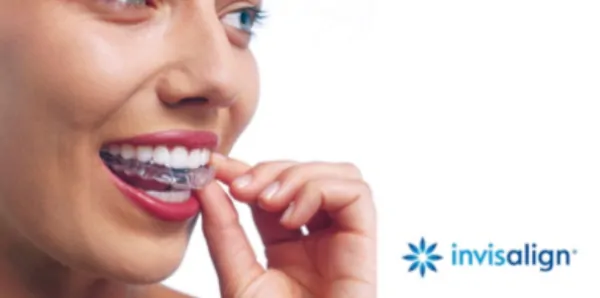Offering the very best care and attention to each and every patient
Services
Riverside Dental is a modern practice situated in the heart of Warkworth. We focus on technology and techniques that maximize patient convenience, comfort and satisfaction. We are committed to providing efficient and cost-effective dental care to all our patients. Our highly skilled dentists offer the very best care and attention to each and every patient in a peaceful and comfortable environment. We are excited to offer our services to the Rodney region.
Dentures
Dentures are prosthetic devices that are moulded to the oral cavity to provide coverage for missing teeth. Dentures can either come as a full or partial denture where they are supported through the surrounding soft tissues within the mouth. They are not a permanent solution to a missing tooth and may be unstable affecting function and comfort as they are made from plastic. However, they are easy and quick to install and are cheaper than most permanent options. These options include implant and bridge solutions. See bridges and implants.
Not only are dentures aesthetically appealing, but they provide increased functional aspects for the patient. These include improved chewing ability, clearer pronunciation, and a natural appearance to the face for those with collapsed areas resulted from missing teeth.
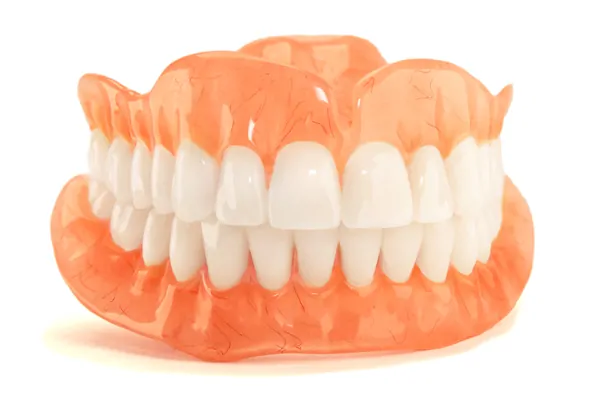

Partial Dentures
Thanks to modern dentistry, we are holding on to our teeth for longer and longer. Specifically designed to fill in the gaps between your smile from missing teeth, partial dentures are a fantastic way to help rebuild your smile.
There are several partial denture options to choose from when replacing your teeth; learn more about them here and start renovating your smile today.
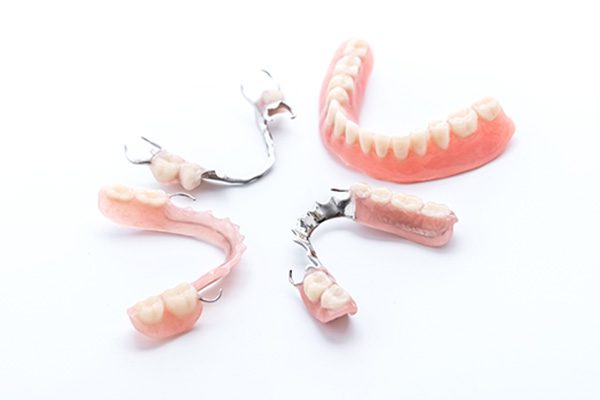

Root Canal
Root canal treatment is required when nerve of the tooth roots is inflamed and infected. Usually the cause of infection results from deep decay, a crack or chip, or from repeated dental procedures. Treatment consists of three one hour appointments to carefully remove the infected tissue, clean the canals, then fill and seal the tooth. Most commonly the tooth is sealed with a filling or a crown to provide protection for the roots. Infected root canals left untreated may result in an abscess forming which may lead to the entire tooth becoming infected.
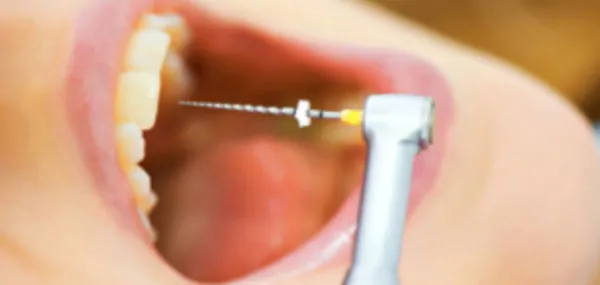

Tooth Extraction
Extractions are often performed when a tooth is unable to be restored due to decay, periodontal disease, or trauma. However, extractions may be required to reduce crowding and reoccurring gum infections often caused by wisdom teeth. The treatment involves the patient having local anaesthetic injections to eliminate pain and reduce sensation.
The process is usually straightforward however, some teeth are more difficult to extract than others due to the tooth’s position, shape, and angle. In the circumstance a tooth may be buried beneath the gum line, the gum is required to be cut away and the bone to be removed with a surgical drill. Once the tooth is removed a bite pack is used to apply pressure to the socket to reduce bleeding. Stiches may be used to return the gum to its normal position. After the treatment, we recommend to avoid touching the area, vigorous mouth washing, or using straws to drink. This is to prevent the blood clot in the socket from being dislodged as bleeding can restart and a dry socket may develop. These can be very painful and delay the healing of the socket. Smoking is also to be avoided for at least 24 hours as it increases healing time. We advise hot salt water mouth baths 24 hours after the extraction. Your dentist will provide specific advice depending on your treatment.
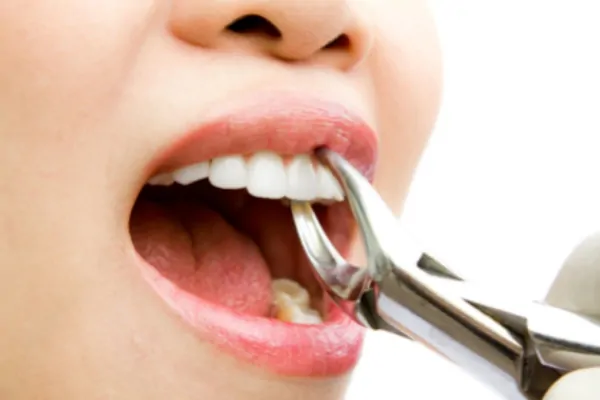

Wisdom Tooth Removal
If your wisdom teeth are infected, impacted, or just giving you trouble, they aren’t likely to get any better on their own. Luckily, wisdom tooth extraction procedures are a lot less scary than they sound and can be performed easily and with minimal discomfort by our team of experienced dentists. If you require wisdom tooth removal, there’s no need to panic; book online today with us, and we’ll take care of the rest!
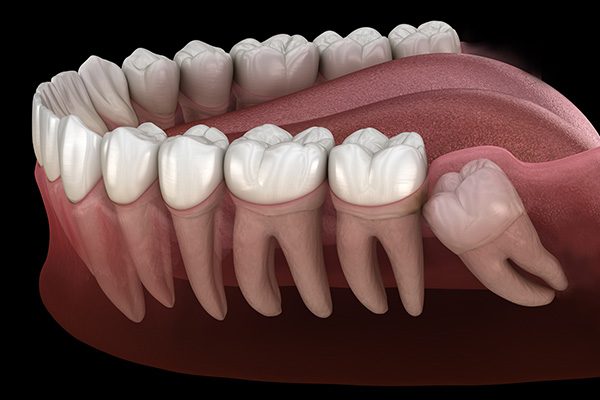

Invisalign
Most commonly known as “invisible braces”, Invisalign is an advanced technology where series of custom made removable clear aligners are worn to achieve a straight result. These aligners are moulded precisely to move the teeth into the desired position without the pain and discomfort of regular braces. This is due to the design involving minimal attachments that hold onto the teeth, reducing irritation to the gums and lips.
Not only does it look unnoticeable, Invisalign provides a hygienic solution to straightening teeth. As the aligners are removable at every stage of treatment, there is less availability for decay to result as the aligners are taken out when eating, drinking and brushing. Not only is this beneficial for oral health, but for the aesthetics aspect as they are transparent and can easily be removed for special occasions.
The aligners are worn for 23 hours a day for a duration specified by your dentist depending on the results you would like to achieve. This also may depend on the current condition of the teeth and the amount of movement required for alignment.
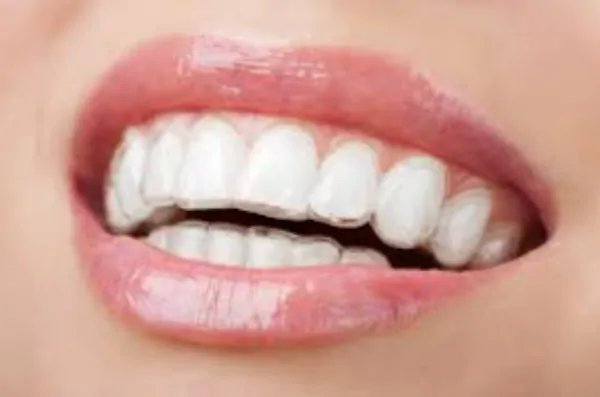

Veneers
Veneers are thin pieces of porcelain or composite which are placed over the face of the tooth to recreate a natural look. They provide resilience and strength to teeth that may be discolored, uneven, or chipped through altering the size, shape and color.
There are two kinds of veneers available, these are porcelain or composite. Both materials provide a similar aesthetic appeal, however the material strength and durability differs between the two.
Porcelain veneers are usually most popular as they are the best choice for treating damaged or discolored teeth. Within the treatment process, a small layer of the front surface of the tooth is removed (around 4mm) to allow space for the veneer to sit. These are then permanently cemented to the front of the tooth and aligned to fill gaps that may be present.
Composite veneers are an alternative option that requires less of the tooth surfaced to be removed during treatment. They are created through applying layers of bonded composite to the tooth surface which are then cured and hardened. The veneer is then polished and smoothed to recreate the natural look of the tooth. In comparison to porcelain, the composite veneers are not as strong, therefore they may not last as long.
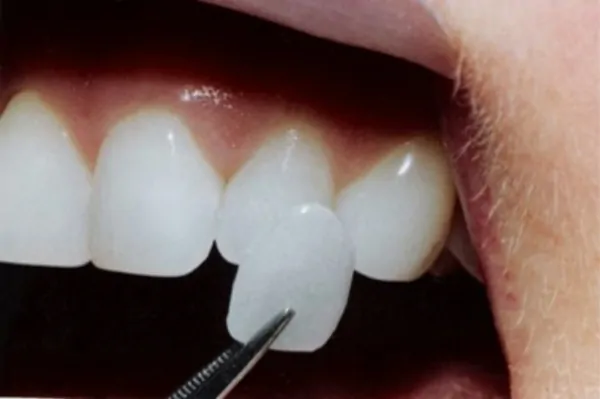

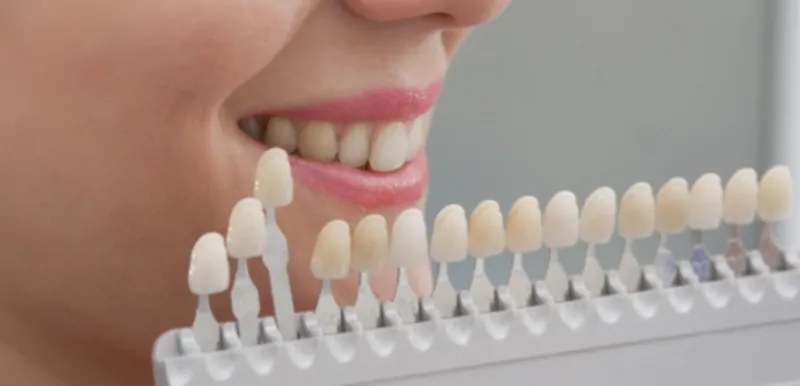

Composite Veneers
Are you tired of hiding your teeth and feeling self-conscious about your smile? We understand how dental imperfections can impact your confidence and overall wellbeing. That’s why we’re here to introduce you to the transformative power of composite veneers.
There’s more than one way to enhance a smile, and composite veneers cost less and provide an innovative, less invasive solution than most other options.
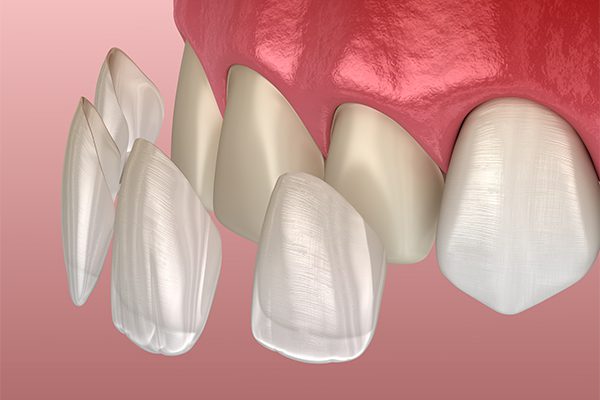

ZOOM Teeth Whitening
At Riverside Dental, we offer Zoom professional whitening as it is a fast, effective and safe way to whiten your teeth. The ZOOM options available include the in-house treatment which immediately whitens, or the customized trays which allow you to complete the treatment gradually at home.
In-house treatment can provide immediate results (up to 8 shades whiter in 2 hours), and because a dental professional is involved, the process is safe, reliable and hassle free. Treatment begins with preparation to cover the lips and gums to expose the teeth. The Zoom hydrogen peroxide whitening gel is then placed onto the teeth, and the UV light is used to break up any discolouration and stains. The gel is left on for 15 minute intervals until the desired shade is achieved. During this time, you can select a movie or your favourite TV programme to watch.
After the treatment is completed, we recommend to stay clear of some colour rich foods like beetroot and curry, and drinks like tea and red wine as these can discolour the teeth. Other lifestyle choices like smoking may also encourage the teeth to re-stain. However, these can be removed through a Hygienist Scale and Polish and bleaching trays can be used to help top up and maintain whiteness.
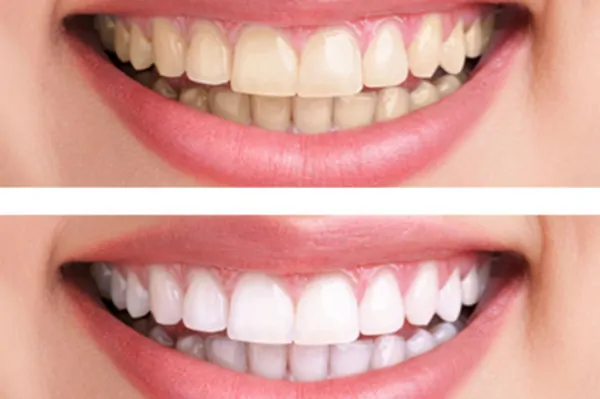



Hygienist
Dental Hygienists play a vital role in helping maintain healthy teeth and good oral hygiene. They accomplish this through regular check-ups, the use of preventative methods, and educating patients on oral hygiene strategies best suited to them. As they provide a thorough examination of the oral tissues and assess any potential for periodontal disease, Hygienists can help identify an issue before it arises and becomes problematic. Treatment may vary depending on the condition of oral hygiene. Most visits consist of a thorough clean to remove calculus, plaque and stains. If required, sealants and fluorides are applied to help protect the teeth to prevent further damage. Your hygienist will provide personalised methods to help maintain oral health and education surrounding any issues that may be present. They may also give specific instructions when cleaning or recommend products that may be of use. Recalls are usually 6 months for a hygienist scale and polish, however, this may differ depending on your oral health.
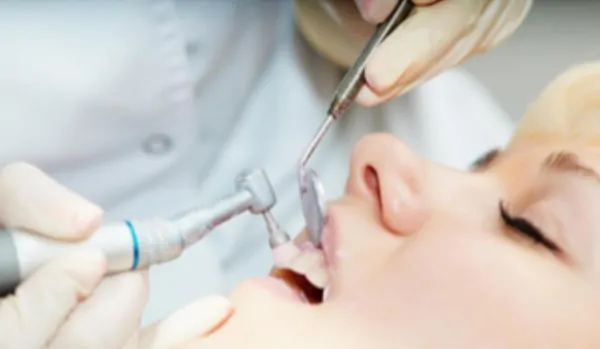



Examination
Regular dental examinations are an important part of preventative healthcare.
During a dental exam, the dentist will examine your teeth and check for cavities and gum disease. The dentist will also evaluate your risk of developing other oral health problems, as well as check your face, neck and mouth for abnormalities.


Composite Fillings
The composite fillings are the white fillings that are most widely used, for the reason that it restores the natural appearance of the tooth structure. In spite of restoring the fractured or decayed tooth, a range of shades are available that can be used cosmetically to match the color of the tooth very closely, framing them practically impossible to find out. These kinds are used particularly in closing gaps between teeth, patching up the chipped tooth or effectively making the teeth appearance more straight or even. Composites are very effective if they involve only one or two surfaces of the tooth and are small in size.
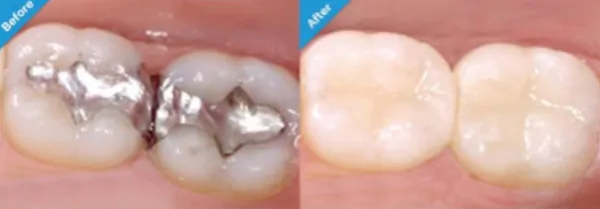

Crowns & Bridges
A crown is used to entirely cover or “cap” a damaged tooth. The crowns and most bridges are prosthetic devices that are cemented to the existing teeth or implants, can be removed only by the dentist. Besides strengthening a damaged tooth, a crown can be used to enhance its appearance or the shape. To match the colour of the natural teeth, the porcelain or ceramic crowns are used. The gold, metal alloys, acrylic are other crown materials that are stronger than porcelain which are recommended for the back teeth.
Bridges are generally recommended to replace one or more missing teeth. They span the space of the teeth missing. The bridges are cemented on the natural teeth, known to be the abutments which serves as the anchor for the bridge. Pontic is the replacement tooth that is attached to the crowns which covers the abutments. They can last lifetime but they may get loosened up or fall off. By having a good oral hygiene, one can prevent the bridge from falling off or getting damaged by dental diseases. A regular check – up and a professional clean with the dentist and hygienist are highly recommended.
Bridges are commonly used to replace one or more missing teeth. They span the space where the teeth are missing. Gaps left by missing teeth eventually cause the remaining teeth to rotate or shift into the empty spaces, resulting in a bad bite.
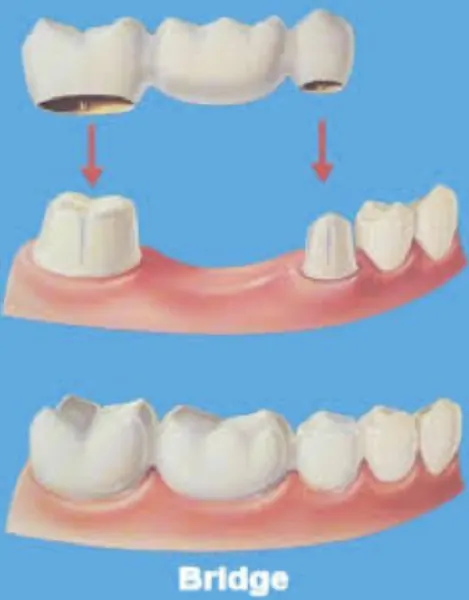

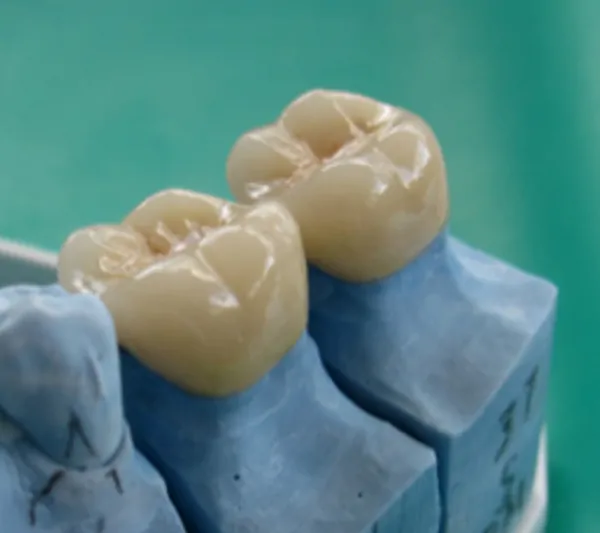

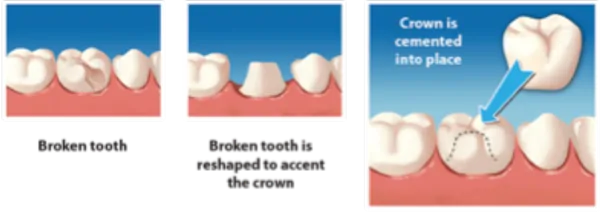

Implants
A dental implant is a titanium post (like a tooth root) that is surgically positioned into the jawbone beneath the gum line that allows your dentist to mount replacement teeth or a bridge into that area. An implant doesn’t come loose like a denture can. Dental implants also benefit general oral health because they do not have to be anchored to other teeth, like bridges. An important benefit with the implant is that the denture and the bridges that are mounted on the implants wouldn’t shift in your mouth while eating or speaking and it feels more comfortable. An added advantage is that there is no need for the adjacent teeth to be prepared to hold the replacement tooth in the place.
